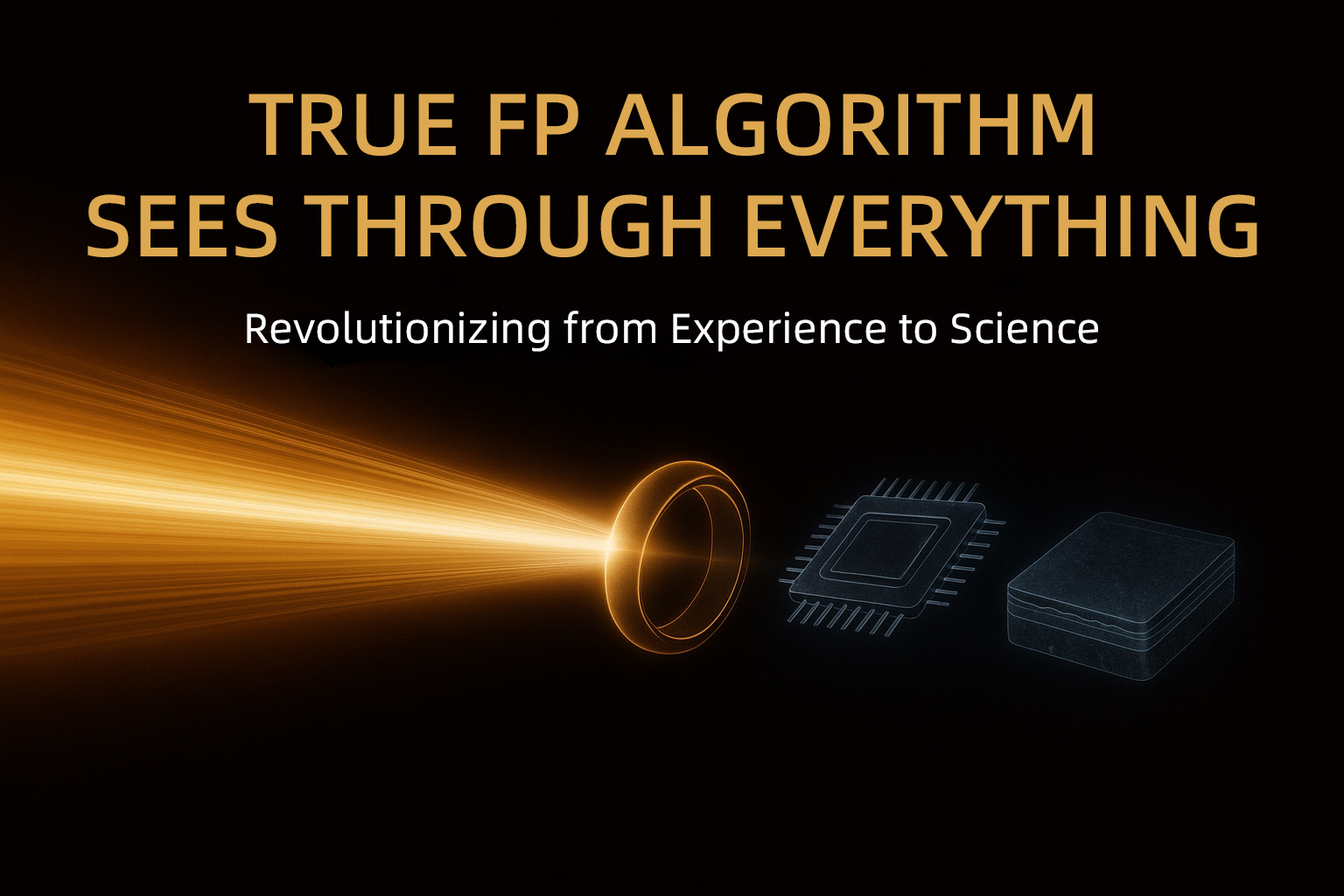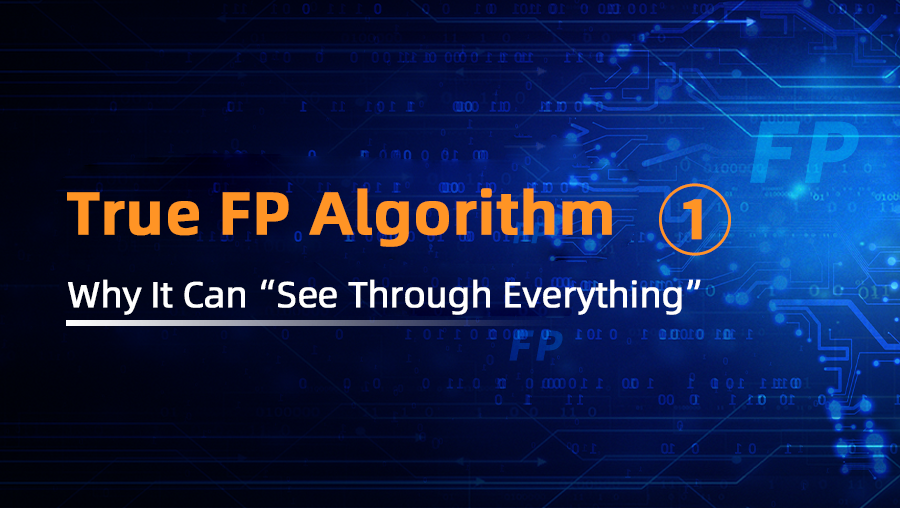 138
138  4
41. The Blind Spots of Conventional Analyzers
When customers first use a precious metal analyzer, they often ask:
“Why do different machines give different results?”
“Why does the result change when the thickness or the process is different?”
In fact, it's the algorithm that makes the difference.
Most analyzers on the market still rely on the Empirical Algorithm—like a student who only memorizes answers.
They have “memorized” a set of standard samples (pure gold, K gold, silver, copper, etc.), and during testing, they matches an unknown sample to a standard sample.
However, real-world samples are far more complex: gold-plated items, K gold, hard gold, electroformed gold, platinum, palladium…
No matter how many examples are memorized, there will always be new “questions” that such algorithm cannot answer correctly.
2. An Algorithm That Reasons for Itself
PURERAY's True FP Algorithm (Fundamental Parameters) works like a scientist who understands the underlying physics. Instead of memorizing standard samples, it reasons to figure out what the sample actually is.
Suppose you apply the “AuOnAg” curve (plating thickness test) to analyze a pendant.
The algorithm builds a virtual model with an assumed gold layer thickness, and simulates the theoretical spectrum based on physical laws.
At the beginning, it may assume a 1 um gold layer and generate a corresponding spectrum.
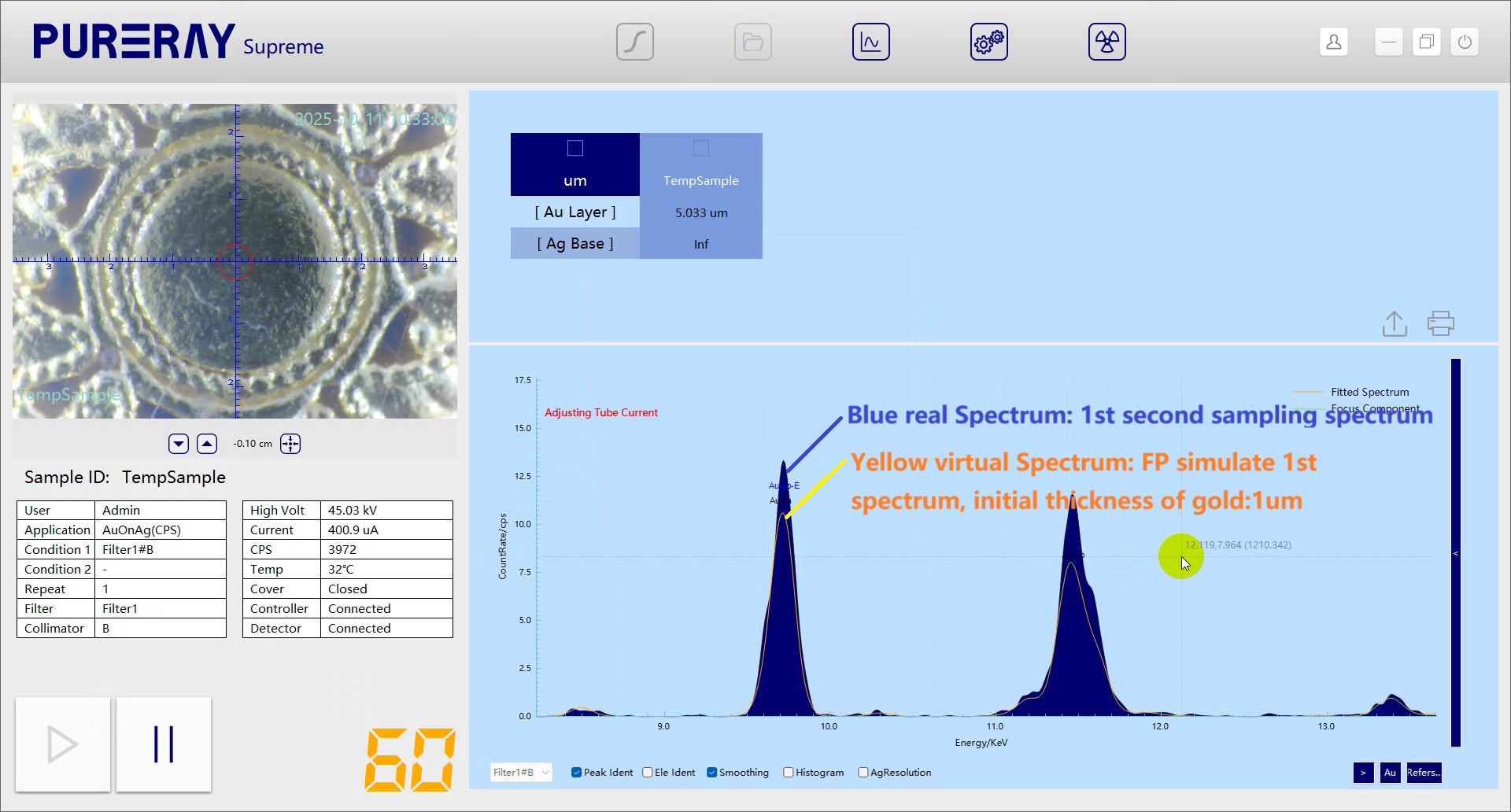
It compares the simulated spectrum with the actual one and keeps adjusting the model until the two spectra match perfectly. After 60 seconds, the analyzer shows the final test result.

By the 2nd second, the spectrum is shown below:
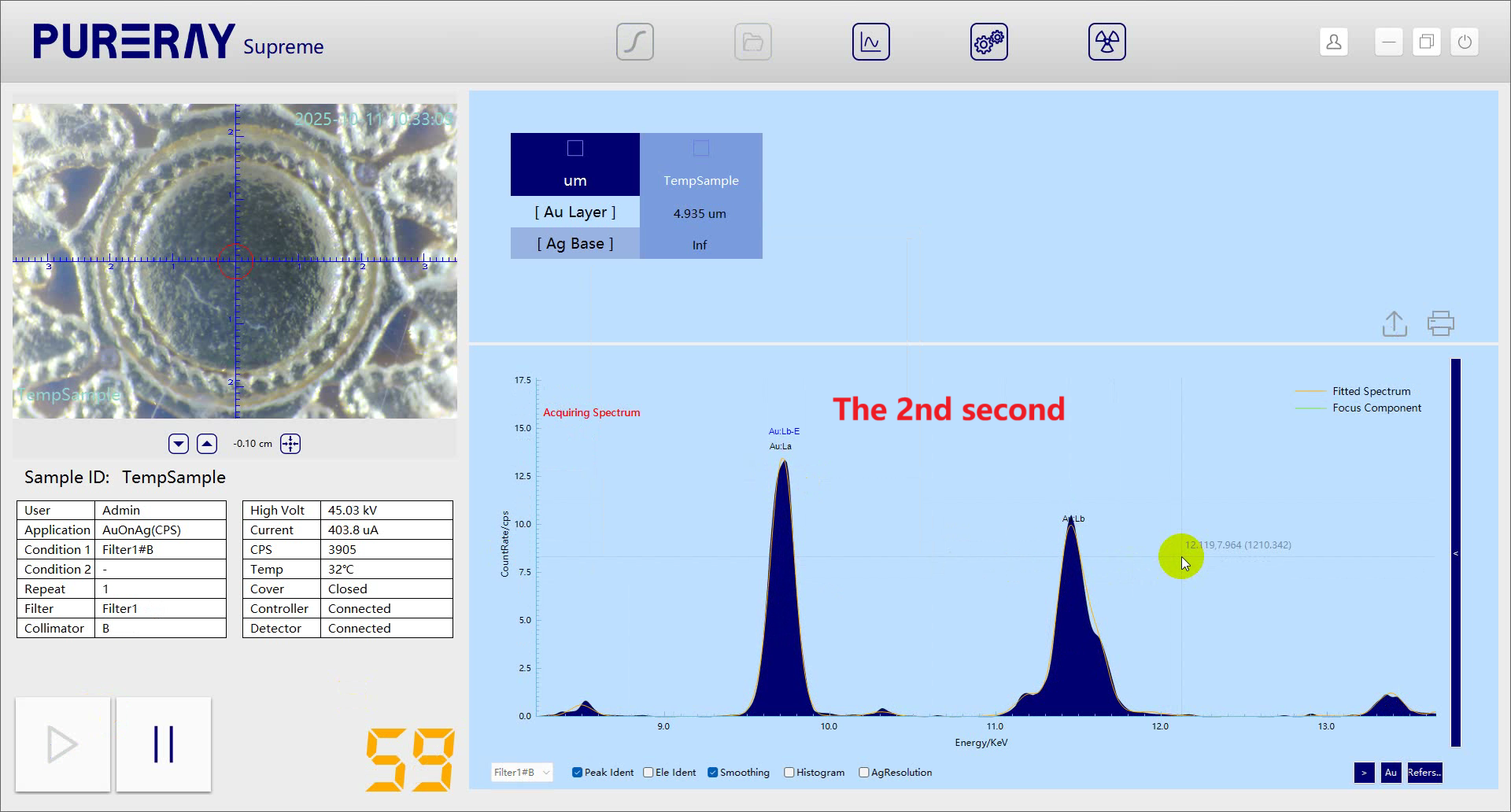
The FP algorithm quickly adjusts the assumed gold layer thickness to 4.935 um. The spectrum is not yet stable, and the simulated and actual spectra do not fully align. The spectra at the 10th and 30th seconds are shown below:
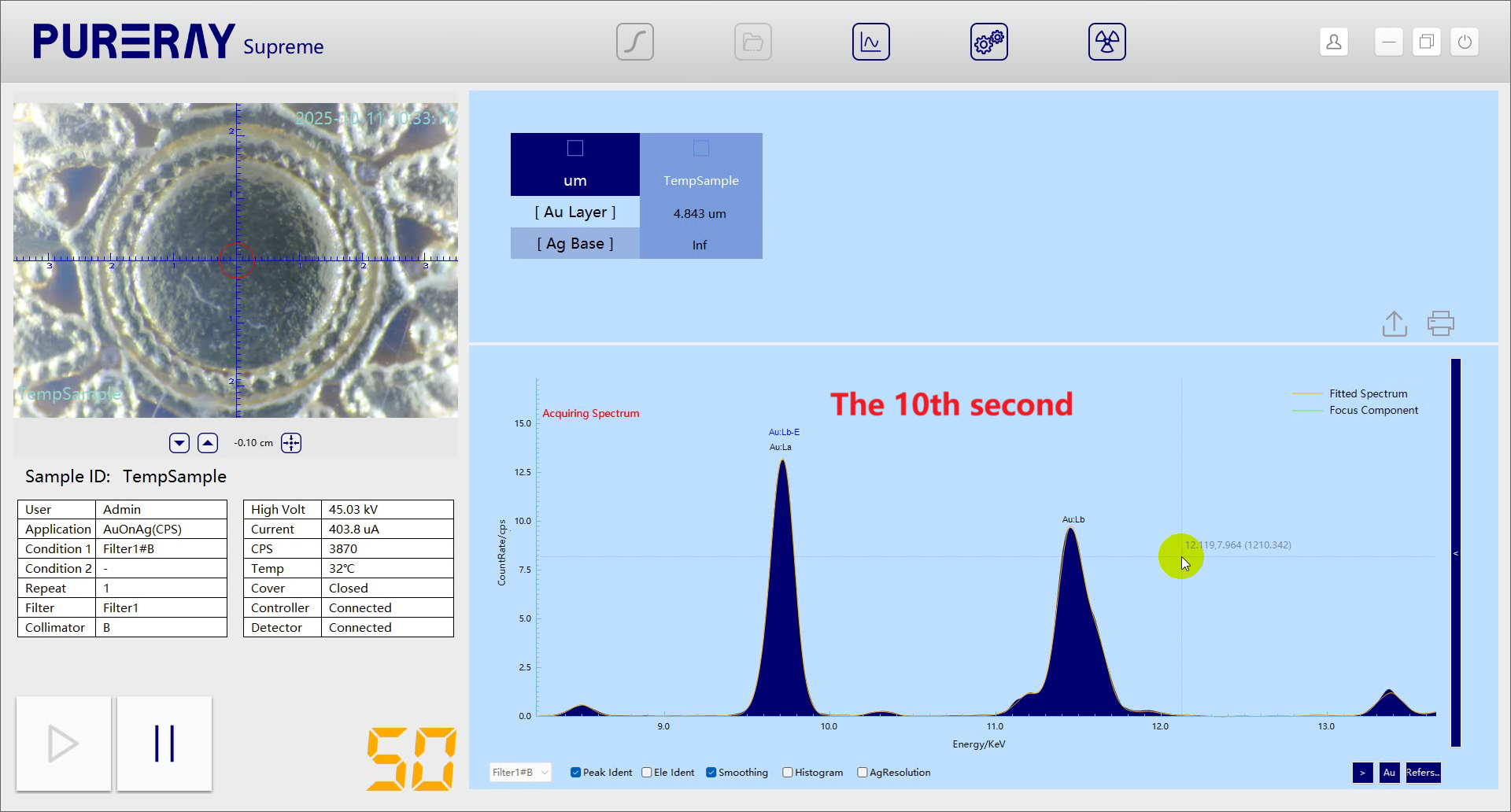
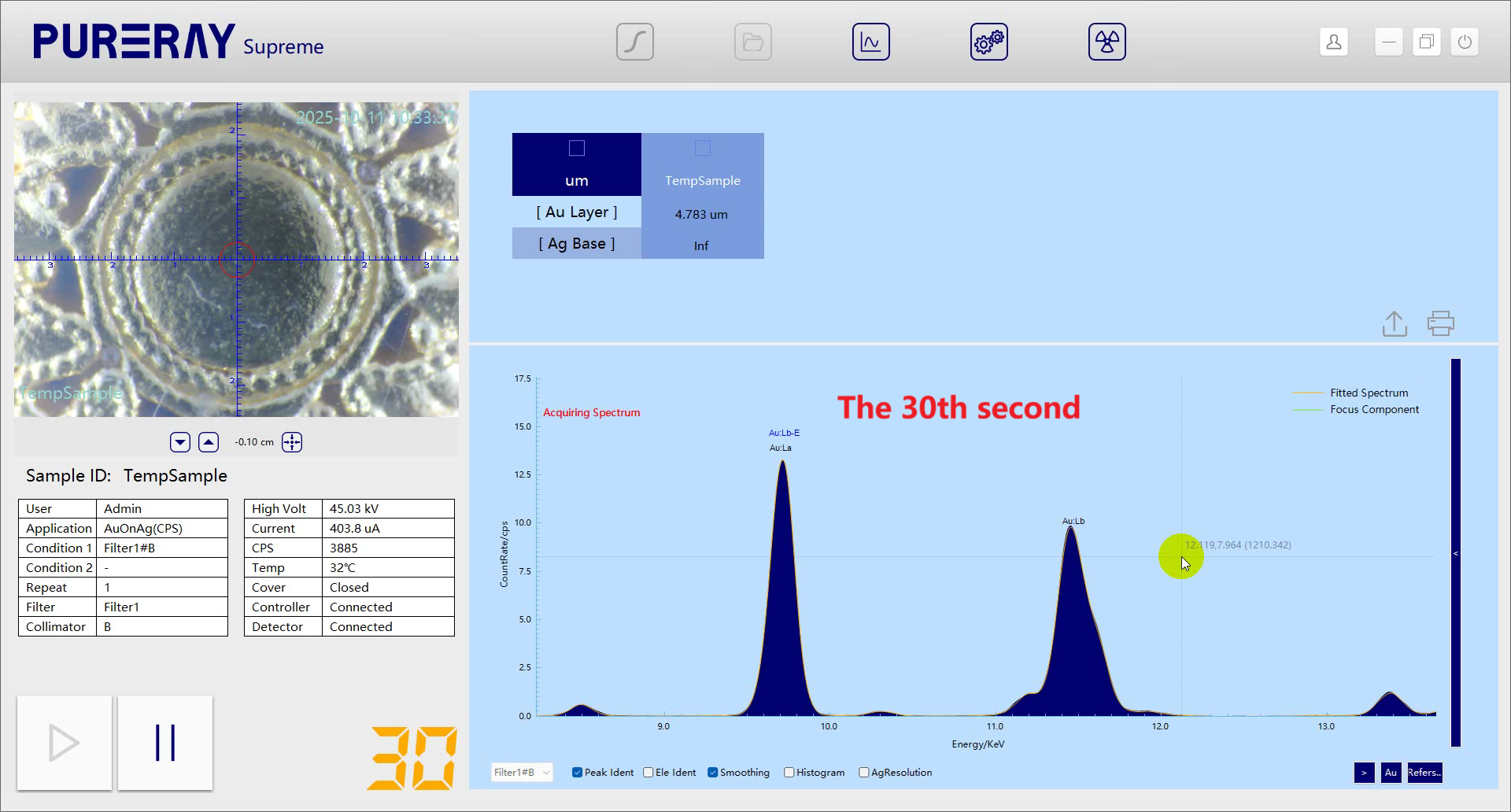
By the 10th second, the spectra are nearly identical; by the 30th second, they match precisely. At that moment, the virtual model fully corresponds to the tested area.
3. Why It Can “See Through” Coatings
If the pendant has a gold layer over silver base, the Empirical Algorithm only sees the combined signals of gold and silver.
However, when the True FP Algorithm analyzes such sample with an alloy curve, it soon finds that no matter how the model is adjusted, the simulated and actual spectra never align. Then it infers that the sample must contain multiple layers, likely a plating structure, and prompts: “Warning: Maybe it's thick gold plating.”
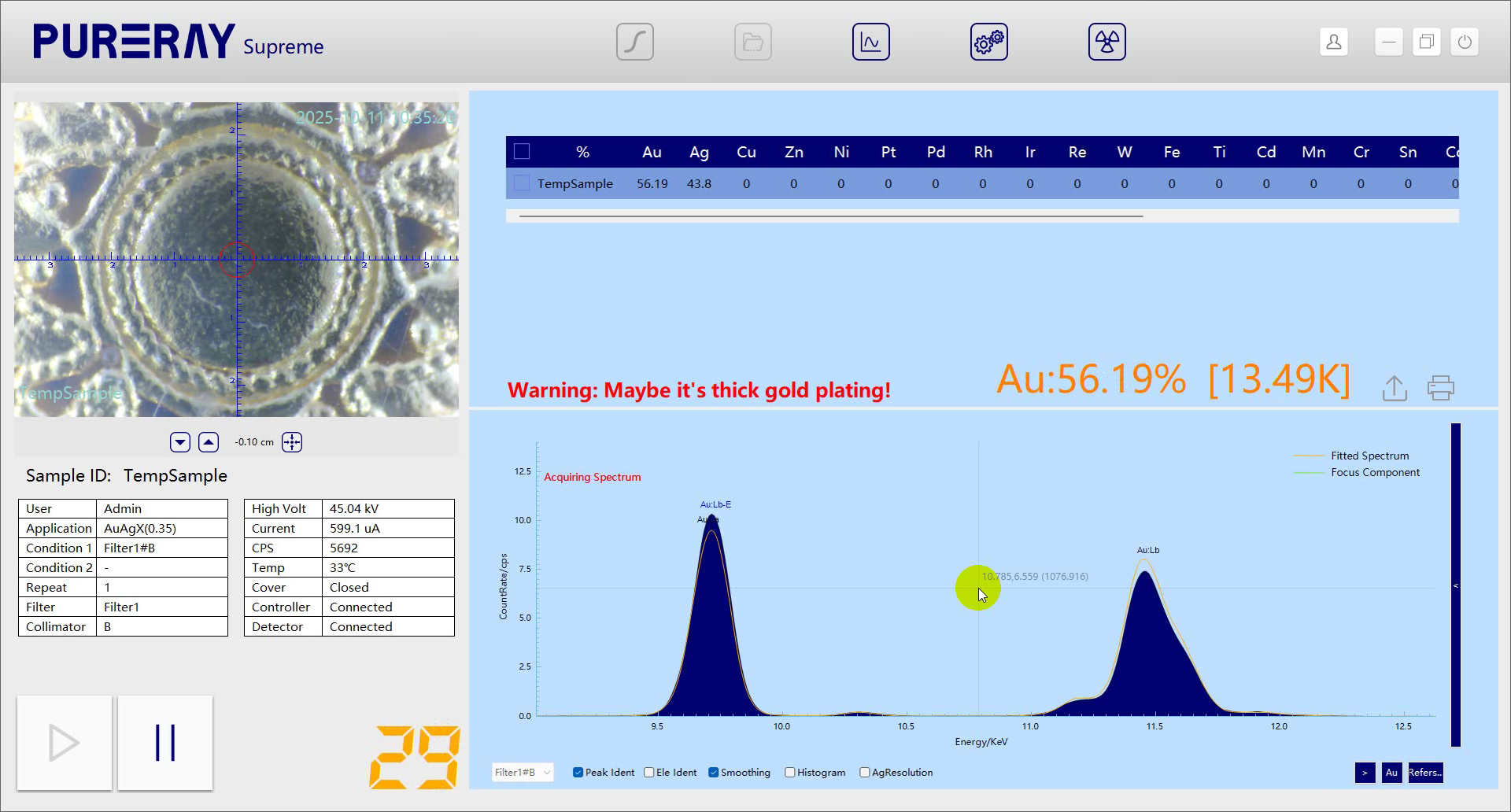
4. Intelligence Built on Understanding, Not Guessing
The True FP Algorithm behaves like a scientist who understands physics and mathematics,
whereas the Empirical Algorithm behaves like a student who merely memorized answers.
The scientist can derive the solution to new problems;
the student gets lost as soon as the question changes.
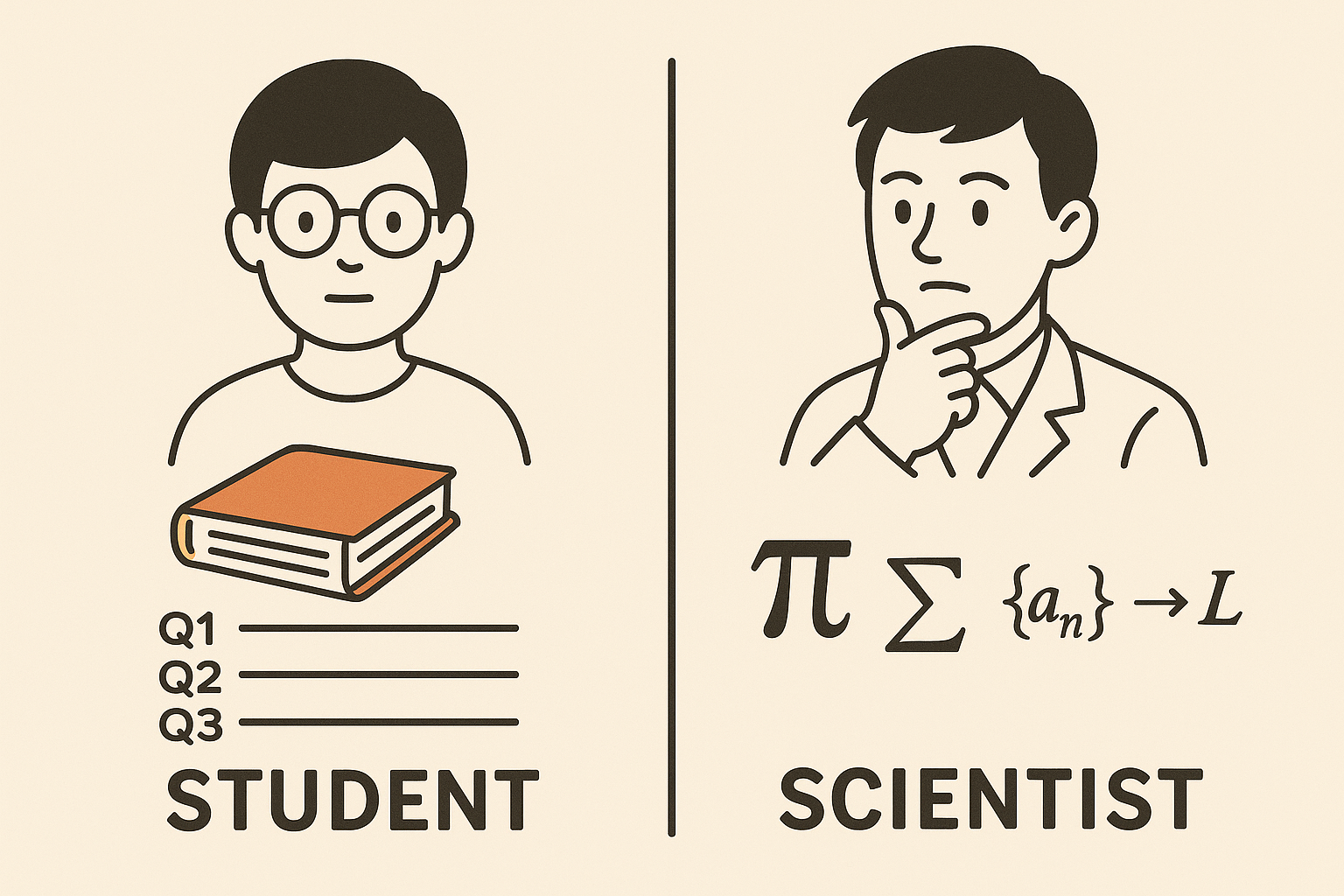
5. Conclusion
The True FP Algorithm marks a transformation—from memorizing to reasoning.
It doesn't win by having more reference samples —it wins by applying physical principles to truly see through everything.
-
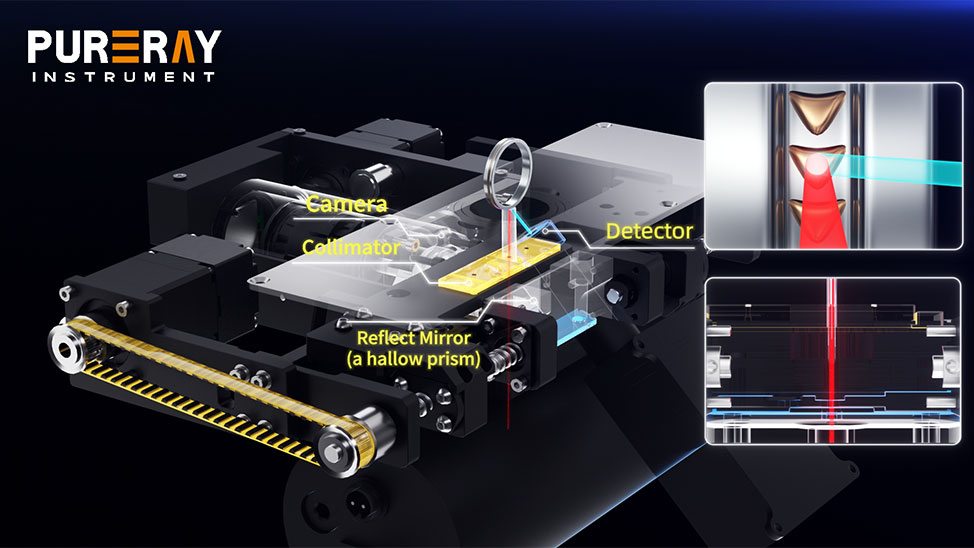
-
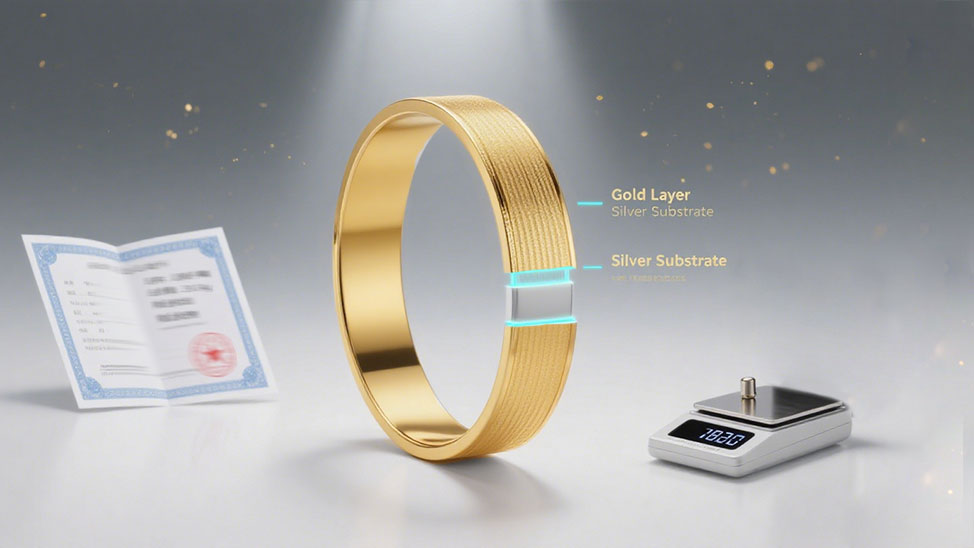 Probe into Novel Gold-plated Jewelry2025-06-04
Probe into Novel Gold-plated Jewelry2025-06-04 -

-
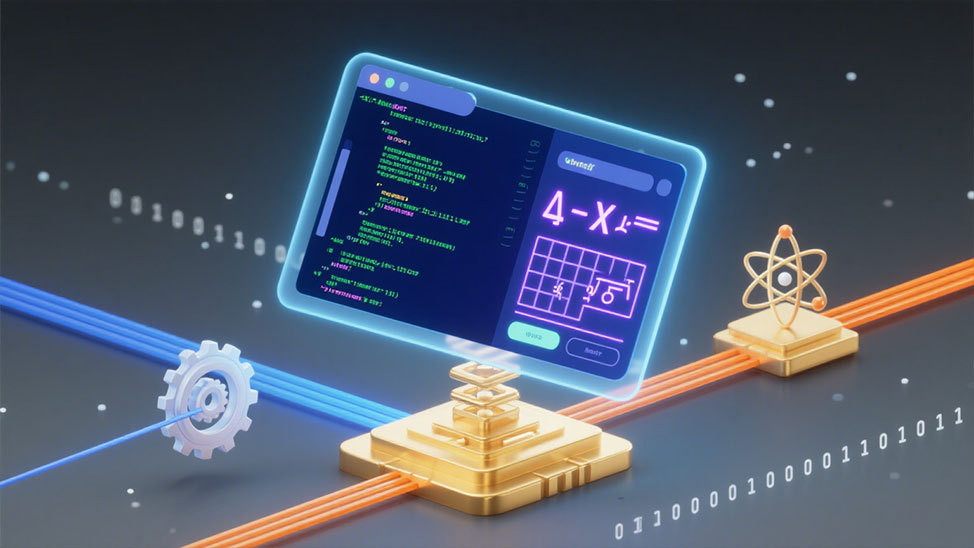 XRF Secondary Programming - "Formula Editor"2025-03-23
XRF Secondary Programming - "Formula Editor"2025-03-23 -

-






































